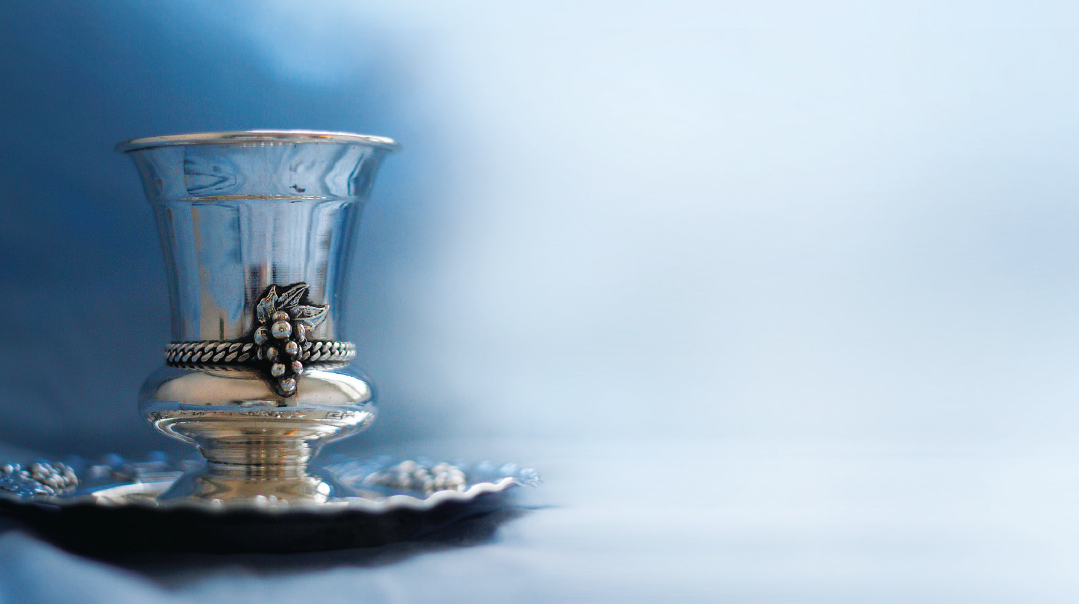Once Upon a Child

We are an exalted and holy people. We need to recognize our role in the world and dress the part

“And Bnei Yisrael did according to Moshe’s order, and they borrowed from the Mitzrim, silver objects, golden objects, and garments.” (Shemos 12:35)
When it was time to leave Mitzrayim, Hashem told Moshe to tell the Jews to borrow the silver and gold vessels of their Egyptian neighbors. Yet, interestingly enough, this pasuk shows that they took the garments as well. Rashi even says that the garments were more valuable to the Jews than the gold and silver. Why? (Rabbi Ben Tzion Shafier, The Shmuz)
Every so often you meet up with your inner child in the oddest of places. Mine showed up while I was in the city of Rishon LeZion, trying to take care of a bureaucratic errand. I didn’t expect to be sidetracked as I hurried through the mall looking for the office I needed. Then, boom, I came face to face with my childhood wannnabe store.
When I was a young teen, United Colors of Benetton was the coolest of the cool. That logo on your sweatshirt meant you had made it. But the price tag was out of my babysitting money range, so I had to content myself with a Gap sweatshirt, dreaming of the day when I could own a Benetton one. (I did own a Princeton sweatshirt that I found in a thrift shop, and my friend had a Harvard one. We had a great time debating the pros and cons of the two Ivy League schools, as if we understood them. Don’t get me started on the topic nowadays.)
If you look at your parents’ wedding album, you wonder: What were they thinking? The colors. The hairstyles. Of course, the answer is that back then, that look was “in.” Every generation has a specific look that it considers appealing, and the vast majority of people kowtow to fashionable dressing dictated by social pressure.
This would seem to explain Rashi. The people leaving Mitzrayim were born into slavery. They were brought up in a world where the Egyptians were their rulers and masters. Therefore, the clothing that their masters wore was superior — something they’d only dreamed of owning. Thus, when given the opportunity to take whatever they wanted, the most valuable thing to them was the clothing.
So, there I was, in Rishon LeZion, Israel, of all places, facing a Benetton store.
I couldn’t resist; I was drawn inside like a magnet. I was a grown adult now, and I could afford a Benetton sweatshirt if I wanted one. And I suddenly wanted one so badly.
Yet glancing around the store, I was disappointed with that season’s colors of navy and gray. Where were the pastel mints and peaches of my childhood? Still, if gray was all they had, then gray it would be. I walked out of the store with a bounce in my step, wishing my eighth-grade friends could see that I, too, had the precious bag with the logo on it.
This concept is very applicable to us. Each Jewish woman is a “daughter of the King.” Regal in appearance, bearing, and manner, she’s not ordinary or common. And as a princess, she isn’t loud or showy in appearance. And so, naturally, her clothing, while attractive, should be modest and flattering as befitting royalty.
Yet the sad reality is that we have become slaves to the whims and fancies of people who don’t share our understanding of the holiness of the individual, nor the greatness of the human. Modesty? Please. That’s so old school. Get with the times.
How can we educate the next generation? We need to focus on dignity and self-worth. While clothing may not define the person, if you dress like a plumber, people expect you to change pipes. And if you value your dignity and self-worth, you dress appropriately. We are an exalted and holy people. We need to recognize our role in the world and dress the part.
Suffice it to say that the sweatshirt wasn’t that comfortable, even as pajamas. I didn’t like the color, and the cuffs always felt scratchy. A year later, before Pesach, I sighed as I put the bulky sweatshirt in the donation pile. Would some teen drool while finding this in a thrift shop? Or would she feel as disappointed as I was — that the allure was so much more pulling than the item itself?
Note to inner child self: Grow up.
(Originally featured in Family First, Issue 877)
Oops! We could not locate your form.


